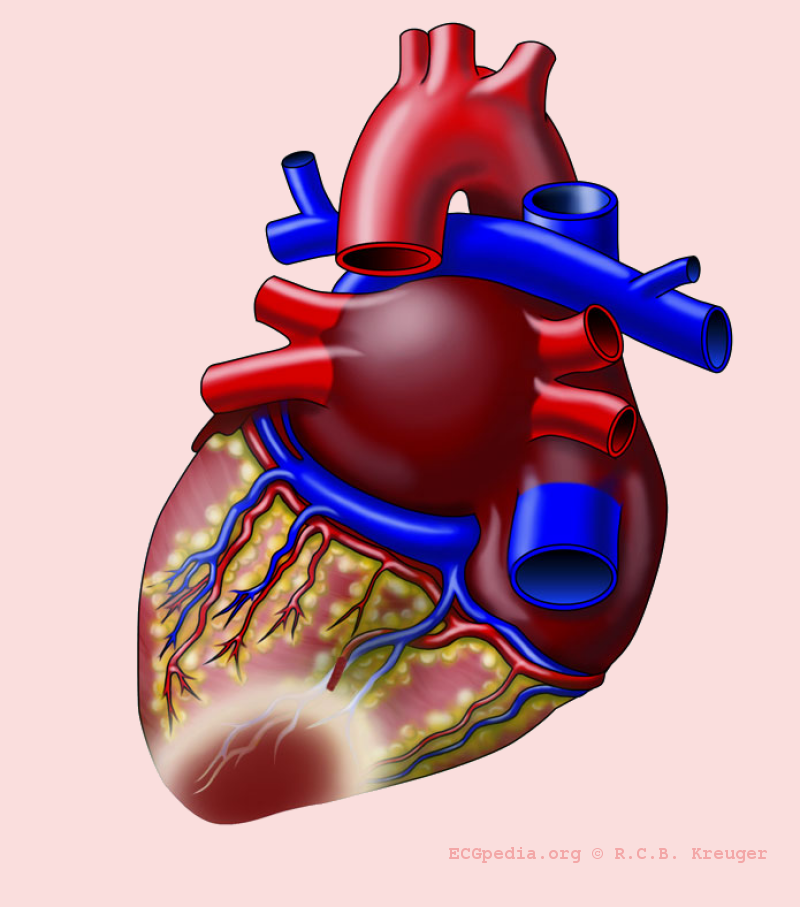Journal Club Summary
Methodology: 3.5/5
Usefulness: 3/5
Peacock WF, et al. JAMA Cardiol. 2017 Dec 13
EDITORIAL:
The Wait for High-Sensitivity Troponin Is Over-Proceed Cautiously
Korley FK. JAMA Cardiol. 2017 Dec 13
Question and Methods: This prospective, observational, multicenter study evaluated if a negative hsTnt assay at 0h and 3h post ED presentation could identify patients at less than 1% risk of 30-day ACE.
Findings: Serial levels at 0h and 3h at ≤19ng/L ruled out AMI ((-)LR 0.08; sensitivity 94%) and identified patients at less than 1% risk of 30-day ACE ((-)LR 0.6; sensitivity 53%).
Limitations: 1) lack of evidence to safely rule out events in early presenters, 2) effect of hsTnT on clinical outcomes given the lack of clinical decision making, 3) lower specificity and PPV resulting in detection of more non-ACS trops and type 2 ACS, 4) reporting of NPV (not sensitivity and LRs).
Interpretation: Further studies are required prior to applying these hsTnT cutoffs in our ED.
By: Dr. Maria Khami
Epi lesson
Likelihood Ratios
For diagnostic tests, LR+ increases the post-test probability of a diagnosis and LR- decreases the post-test probability. LR values generally have this impact: a) large and conclusive (LR+ >10, LR- <0.1), b) moderate (LR+ 5 to10, LR- 0.1 to 0.2), c) small but important (LR+ 2 to 5, LR- 0.2 to 0.5), d) unimportant (LR+ 1 to 2, LR- 0.5 to 1). In emergency medicine, we are generally most interested in ruling out serious conditions and look for tests with very high sensitivity and very low LR-.
By: Dr. Ian Stiell


